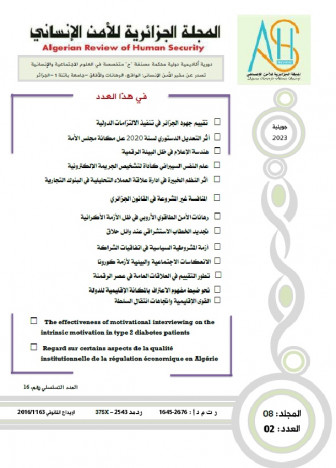The impact of public private partnership on the performance of public utilities
DOI:
https://doi.org/10.59791/arhs.v5i1.2083Keywords:
Public Utility, Public Service, Public Private partnershipAbstract
The modernization and development of the administration is based on the existence of public facilities that serve the citizen who is permanently connected to them due to the services they provide in various fields, but these facilities may sometimes be unable to perform the roles assigned to them, due to the lack of direct management from central or local bodies, or due to budget insufficiency because of their permanent dependence on government support. This inability requires the necessity of fixing the mechanisms of managing those public utilities. In this regard, the mechanism of partnership with the private sector is the most important of them, as they aim to cope with economic transformations, improve provided public services and increase the efficiency and effectiveness of these facilities. So, it is clear that the aim of this study is to show the importance of public-private partnership in improving the performance of public utilities and the quality of the public service they provide. Thus, this partnership between the two sectors can actually achieve positive results with regard to the role of public utilities in providing public service, but these results are limited and attached to the need to find a tight legal regulation that prevents the private sector in this partnership from focusing on achieving profit goals only, which are its most important features, and to make the partnership designed for the public good. Therefore, in this study we relied on the analytical approach, because it suits the nature of the research and its problematic.




